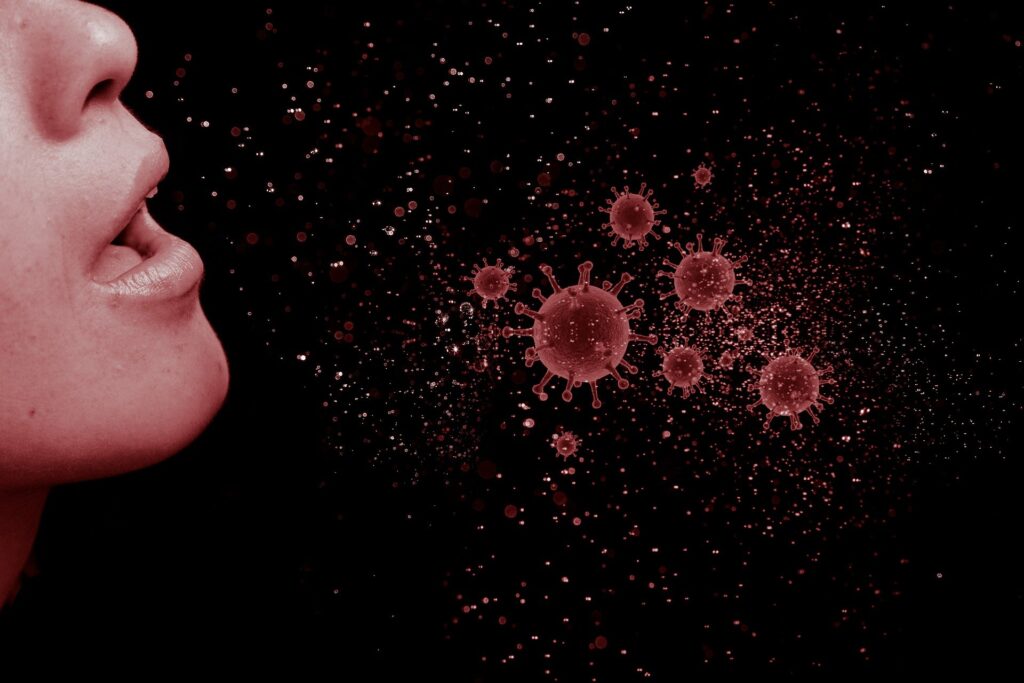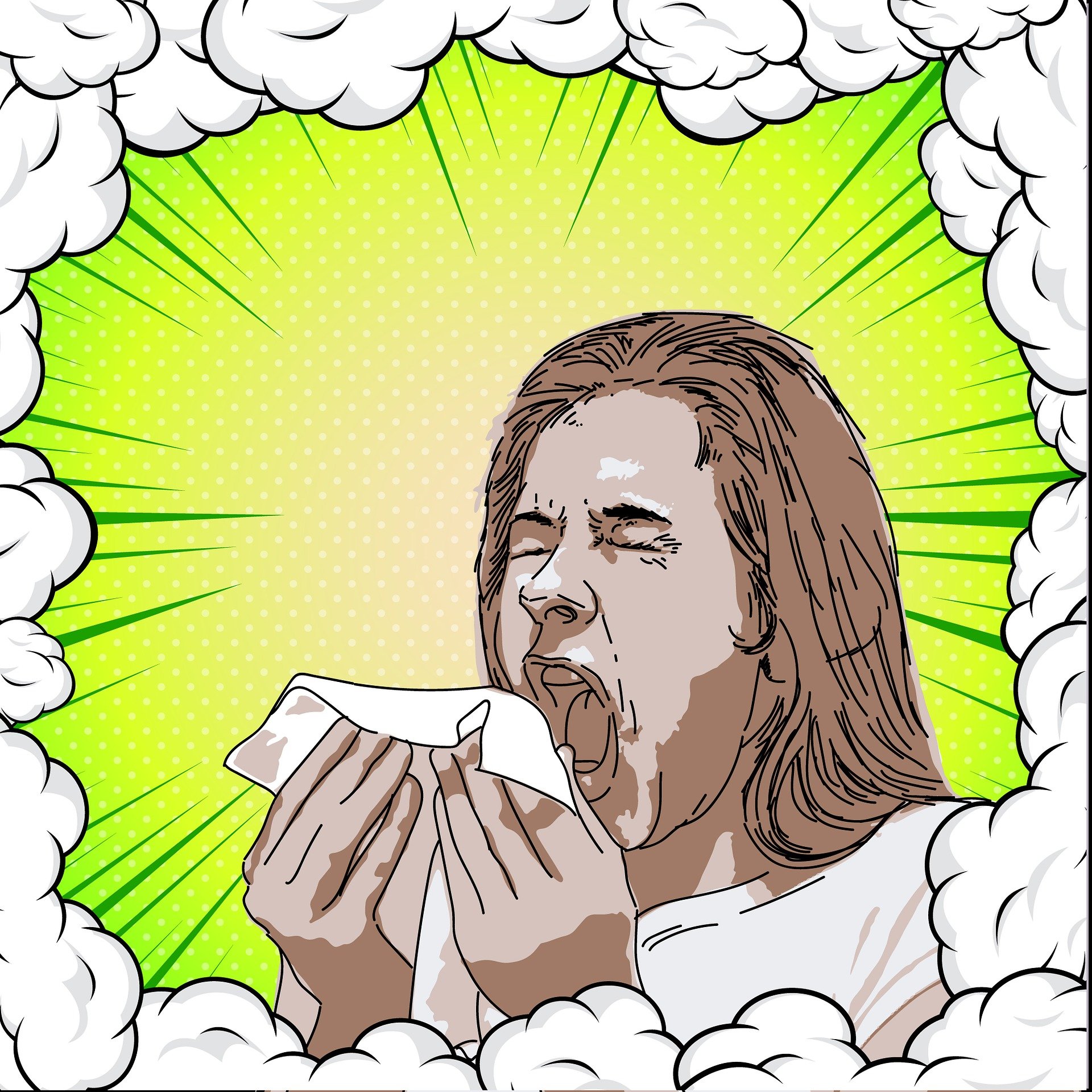Common cold (Allergic Rhinitis) is characterized by sneezing, obstruction of nasal passages, conjunctival, nasal and pharyngeal itching and lacrimation, and classified into allergic or non allergic.
Diagnosis of allergic rhinitis patient:
- A complete and detailed clinical history of rhinitis symptoms occurring due to allergens exposure and documentation of sensitization to an environmental allergen are required simultaneously diagnosis of allergic rhinitis.

Predisposing factors and etiology of common cold:
- Common cold (Allergic Rhinitis) usually occurs due to food allergy, urticaria, dermatitis and asthma.
- 70-80% of patients suffering from asthma
- 80-90% of patients with chronic bilateral sinusitis experience allergic rhinitis.
- Other factors like air pollution , increased tobacco smoking are at risk of developing allergic rhinitis.
Pathophysiology and manifestations:
- The hallmark of allergic rhinitis includes sneezing, episodic rhinorrhea, obstruction of nasal passages with lacrimation and pruritus of the conjunctiva, nasal mucosa and oropharynx.
- A growing number of patients suffering from seasonal allergic rhinitis demonstrate with pollen-associated food allergen syndrome characterized by oropharyngeal pruritus and mild swelling following ingestion of raw plant based food.
Diagnosis of common cold:
- The main diagnosis of allergic rhinitis depends on the accurate history of occurrence, with the pollination of offending weeds, grasses or trees.
- Patients with perennial rhinitis develop nasal congestion and post-nasal discharge associated with thickness of the sinus membrane as demonstrated by radiography.
- Perennial nonallergic rhinitis with eosinophilia syndrome (NARES) usually characterized by nasal obstruction, chronic sinusitis and prominent eosinophilic discharge without allergens.
- The term vasomotor rhinitis or perennial nonallergic rhinitis designates a condition of reactivating the nasopharynx
- In which a symptom complex resembling perennial allergic rhinitis occurs
- With non specific stimuli including chemical odors , temperature and humidity variations.
- Nasal secretions of allergic rhinitis patients, rich in eosinophils , observed by collecting the swab of nasal secretions.
- A skin test done by intracutaneous route with the allergens provide a positive and reliable approach to identify allergen-specific IgE that has sensitied cutaneous mast cells.
- A positive skin test has a higher predictive value for the presence of an allergen.
- ELISA or enzyme linked immunosorbent assay helps to detect IgE and helps in providing rapid and cost effective determinations.
Treatment:
- Allergen avoidance is simultaneously one of the main factors for the treatment
- Moreover, oral long acting H1 antihistamines are effective for nasopharyngeal itching , sneezing and watery rhinorrhea and ocular manifestations as itching, tearing and erythema.
- Newer H1 antihistamines such as fexofenadine, loratidine, cetrizin, levocetrizine, desloratidine, belastine and azalastine.
- Intranasal high potency glucocorticoids furthermore like beclamethasone, flunisolide, tramcinolone, budesonide and ciclosenide
- These are subsequently the most potent drugs that are available for immediate relief of established congestion.
- In addition, Azelastine nasal spray has proved to provide relief from non allergic vasomotor rhinitis.
- Alternative nasal decongestants such as phenylephrine or oxymetazoline help in providing temporary relief due to side effect of rebound rhinitis.
- Oral alpha adrenergic agonists decongestants additionally, like pseudoephedrine help to reduce the nasal decongestion.
- Its side effects simultaneously, can lead to insomnia and precluded from use in patients with
- Narrow angle glaucoma
- Urinary retention
- Severe hypertension
- Coronary artery disease
- 1st trimester pregnancy
For more content do visit here
Please refer this book additionally for detailed description of diseases: Harrisons book of internal medicine

